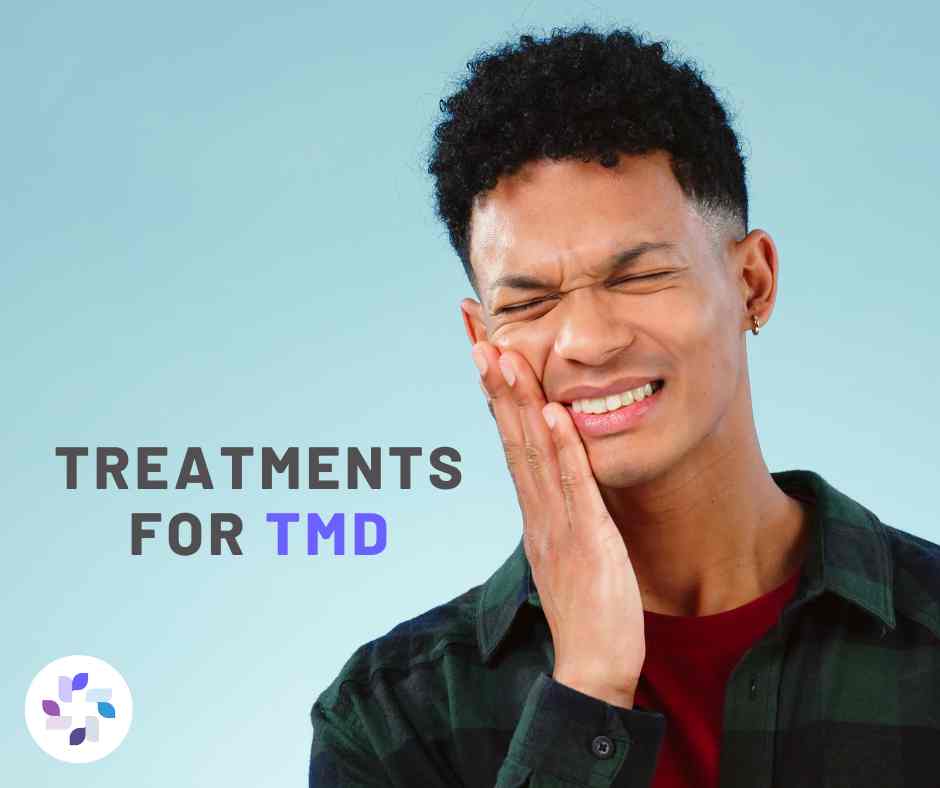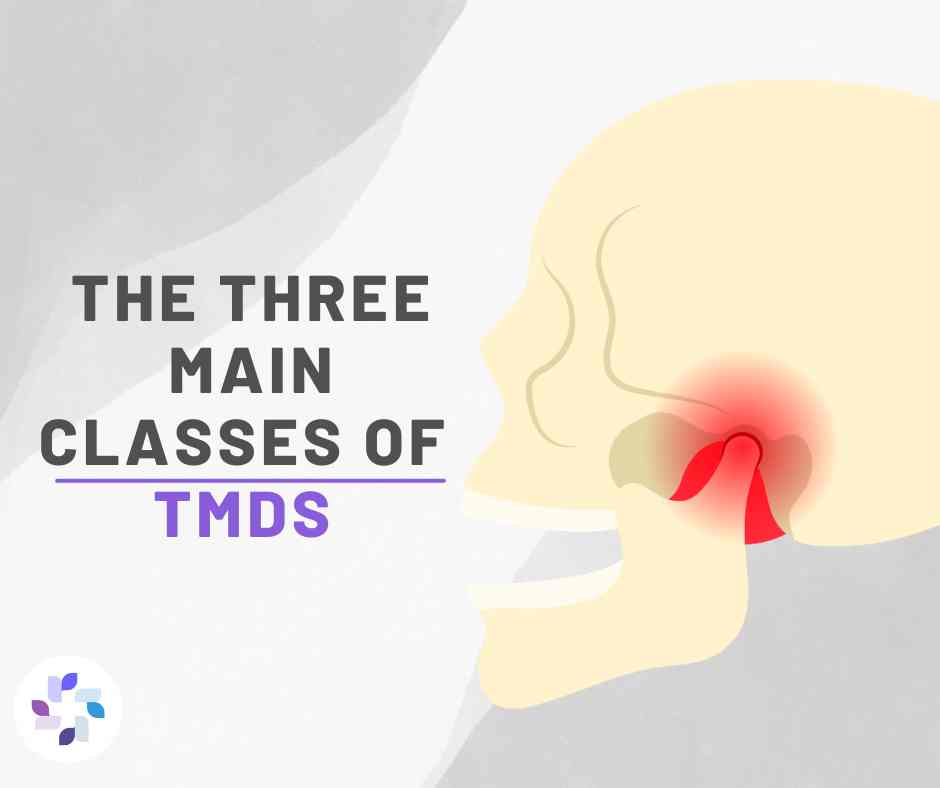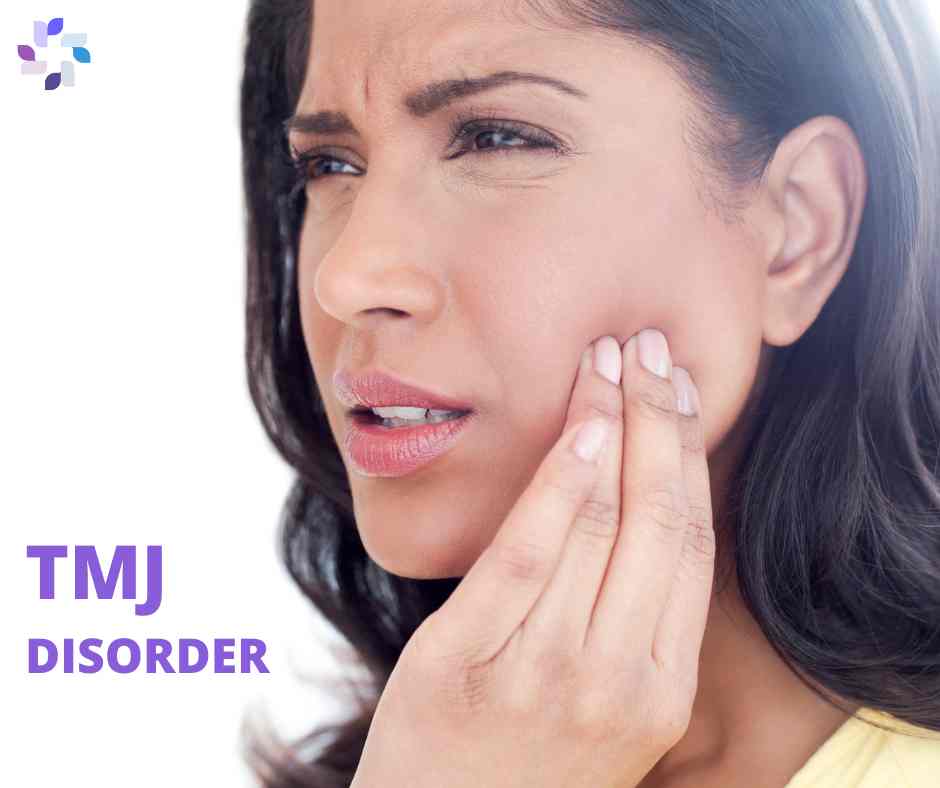Introduction: Temporomandibular Joint Disorders (TMD) can significantly impact daily life, causing pain, discomfort, and difficulty with essential functions like chewing and speaking. Fortunately, numerous treatment options are available to alleviate symptoms and improve quality of life for those affected by TMD. In this article, we’ll explore the various approaches to treating TMD and provide insights into effective management strategies.
Non-Invasive Treatment Options:
- Physical Therapy: Physical therapy plays a crucial role in TMD treatment by targeting the muscles and joints of the jaw. Therapeutic exercises focus on improving jaw mobility, strength, and flexibility. Additionally, techniques such as manual therapy, ultrasound, and electrical stimulation may be utilized to alleviate pain and reduce muscle tension.
- Medications: Medications are often prescribed to manage pain and inflammation associated with TMD. Commonly used medications include nonsteroidal anti-inflammatory drugs (NSAIDs), muscle relaxants, and analgesics. In some cases, corticosteroid injections may be administered directly into the affected joint to provide localized relief.
- Dental Treatments: Dental treatments aim to address underlying issues that contribute to TMD symptoms. Orthodontic adjustments, dental splints, or oral appliances may be recommended to correct bite misalignments, reduce jaw clenching or teeth grinding, and alleviate pressure on the temporomandibular joint.
- Stress Management: Stress can exacerbate TMD symptoms by increasing muscle tension and jaw clenching. Stress management techniques such as relaxation exercises, mindfulness meditation, and cognitive-behavioral therapy (CBT) can help reduce stress levels and alleviate TMD-related pain and discomfort.
- Lifestyle Modifications: Simple lifestyle changes can also contribute to TMD symptom relief. These may include dietary modifications to avoid hard or chewy foods, practicing proper posture to reduce strain on the jaw, and implementing relaxation techniques to prevent jaw clenching and teeth grinding.
Invasive Treatment Options:
- Surgical Intervention: In cases where conservative treatments fail to provide adequate relief, surgical intervention may be considered as a last resort. Surgical procedures for TMD may include arthroscopy, joint repositioning, or total joint replacement. These procedures aim to repair damaged joint structures, alleviate pain, and restore normal jaw function.
- Botox Injections: Botox injections have emerged as a promising treatment option for TMD, particularly for individuals who experience severe muscle spasms or jaw clenching. Botox works by temporarily paralyzing the muscles involved in jaw movement, thereby reducing muscle tension and alleviating pain.
Conclusion: Effective treatment of TMD requires a multidisciplinary approach tailored to the individual needs of each patient. By combining non-invasive interventions such as physical therapy, medications, and stress management techniques with invasive options like surgical intervention or Botox injections, healthcare providers can help patients achieve significant improvements in TMD symptoms and overall quality of life.
Source: https://www.nidcr.nih.gov/health-info/tmd







